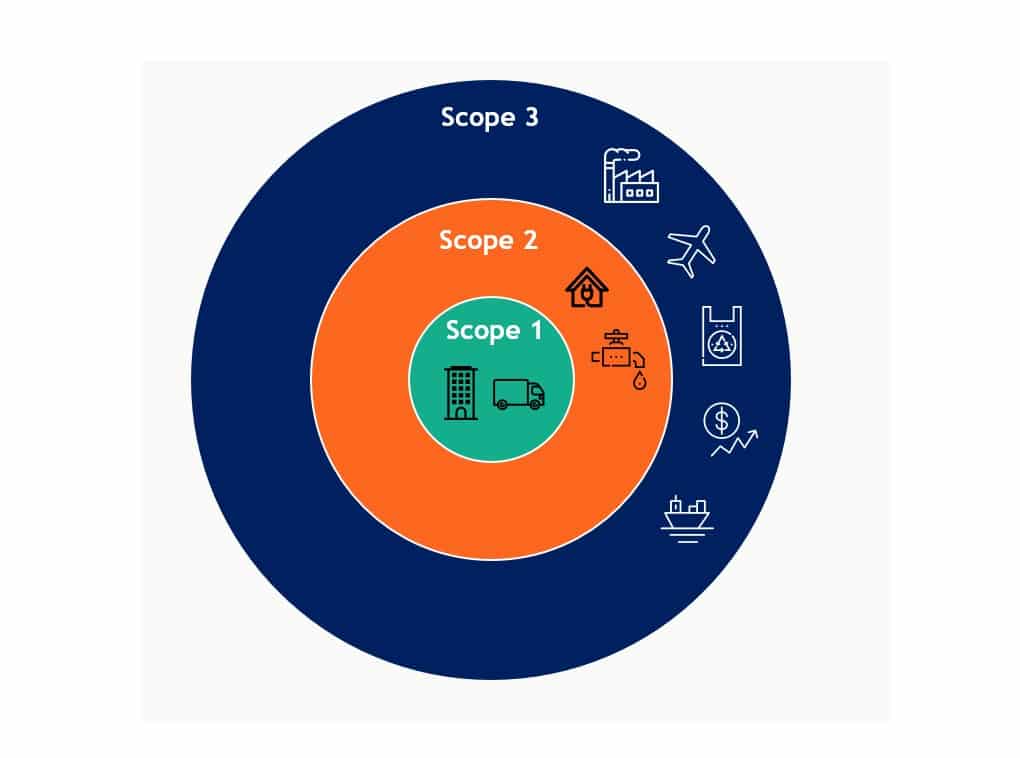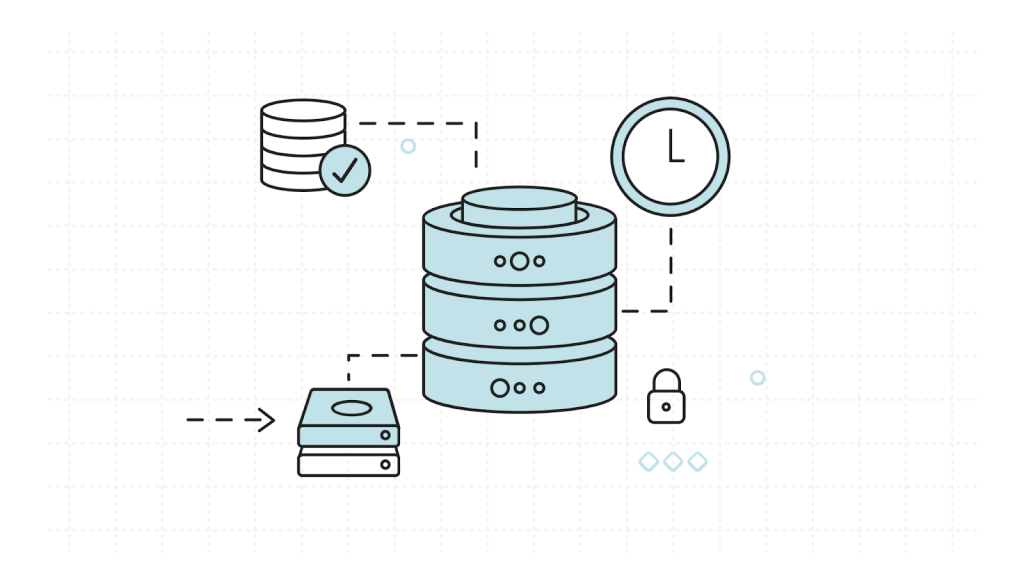You have probably heard a lot about greenhouse gas emissions, with many organisations having made statements about their timeline to carbon neutrality. But you are probably wondering what this means at a farm level.
During 2024 the Treasury Laws Amendment Bill 2024: Climate-Related Financial Disclosure was enacted resulting in additional reporting requirements for the largest businesses in Australia. Many of these businesses by 2027 will be seeking to estimate their scope 3 greenhouse gas emissions in much finer detail.
So, why should farmers care?
| Well, scope 3 greenhouse gas emissions are those associated with a product before it is purchased by a business, so that is the accumulated emissions from the supply chain journey that led to it being purchased by a business. This contrasts with scope 1 and 2 greenhouse gas emissions which are those that result within the control of the business.
When we consider this at farm level, scope 3 greenhouse gas emissions are those resulting from the production and transport etc. of urea, herbicides, fuel, and anything else consumed on farm during farming activities.
|
 |
While there aren’t many farm businesses in Australia who will meet the turnover ($50 million or more), gross asset ($25 million or more) and employee number (100 or more) threshold for inclusion in the new Climate-Related Financial Disclosure requirements, there are many businesses in the downstream supply chain who will. The clearest example of these are supermarkets.
What impacts are likely throughout the supply chain?
Large organisations involved in the supply and manufacture of food and beverages are going to be asked to provide clear data about the scope 3 emissions of the products they supply. Meaning they will look back up the supply chain to the farm gate, for clearer data about emissions.
In the absence of emissions data, products will be allotted a default value which is generally significantly higher than the real production value.
So, what should farmers do about it?
 |
As large businesses in Australia begin to calculate their emissions, they will begin to look to suppliers to understand their scope 3 greenhouse gas emissions.
We need to begin to educate ourselves to develop a strategic response to the future and form a view on how these changes might impact us directly. The other key thing we can do to prepare, is to make sure we are recording the right production and operational data with an eye to our future needs. For example, we’ll need kilograms of meat or wool and tonnes of grain and hay produced. |
Why we can’t afford to wait until we are asked for emissions data!
This data will become important to also enable the creation of greenhouse gas emissions profiles for farm businesses. As in all farming activities five year rolling averages, will be a better representation of the business than if left to single year of data. We could be placed at a competitive disadvantage, compared to those who are prepared and were ahead of the curve if we don’t start collecting data now.
To find out how ORM can assist in preparing your business, get in touch.